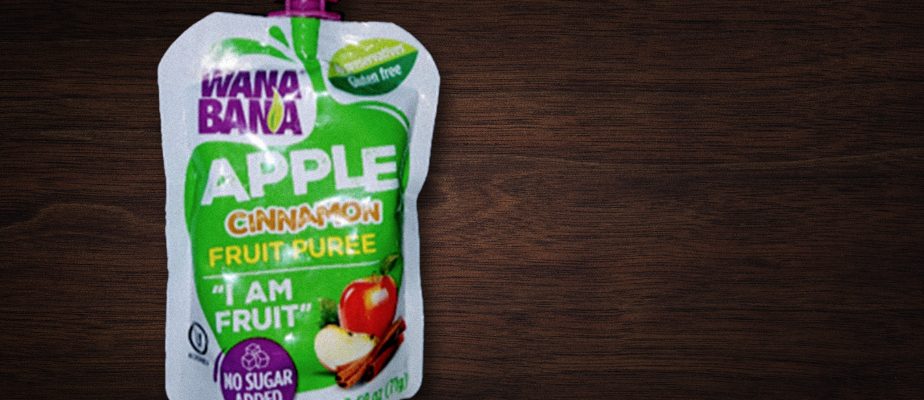A food contamination scandal is causing turmoil south of the border. Hundreds of children who allegedly ate bags of cinnamon applesauce suffered lead poisoning last year across the United States.
An investigation of New York Times published in the headlines on Tuesday, revealed the failures of the American food safety system. It shows that the Food and Drug Administration (FDA), an agency responsible for inspecting foreign food companies exporting to the United States, had not carried out an inspection at the processor of Austrofood compote for five years. Subsequently, contaminated products fell through the cracks and were not tested.
As of February 9, the Centers for Disease Control and Prevention (CDC) has identified 101 confirmed cases, 284 probable cases and 37 suspected cases. These 422 cases occurred in 44 different states following the consumption of compote sold under the WanaBana brand. The compote would also have been distributed in Cuba and the United Arab Emirates.
“The Canadian Food Inspection Agency (CFIA) is aware of the recall issued by WanaBana USA in the United States due to possible elevated lead levels. The CFIA has been in contact with US authorities during this investigation. The CFIA has not been informed of any distribution of the recalled products on the Canadian market,” the agency wrote to us by email.
Lead poisoning can cause tremors, vomiting and neurological problems.
Cinnamon in question
The contamination is believed to come from cinnamon grown in Sri Lanka then shipped to Ecuador, where it was ground into powder by another supplier, Negasmart. It is likely at this stage that the contamination would have occurred, the FDA believes.

PHOTO ANA MARIA BUITRON, THE NEW YORK TIMES ARCHIVES
The Austrofood production plant in Sangolquí, Ecuador
The cinnamon was contaminated with lead chromate, a powder sometimes used illegally to tint or weigh down spices. An investigation to elucidate the causes of this contamination has been launched by the Ecuadorian authorities.
Cinnamon samples analyzed by the FDA showed “extremely high” levels of lead: 5,110 parts per million (ppm) and 2,270 ppm. The international standard is instead 2.5 ppm.
No worries in Quebec
Mathieu Valcke, toxicologist and specialized scientific advisor at the National Institute of Public Health of Quebec, explains that today, lead poisoning is extremely rare.
We are talking about cases where there is something wrong in the system and where there have been very, very strong exposures, but we certainly should not be worried that the compote bags that we buy at the Day to day grocery shopping in the normalcy of things will present a danger. No way.
Mathieu Valcke, toxicologist and specialized scientific advisor at the National Institute of Public Health of Quebec
For its part, the Quebec Poison Control Center says it has received, since 2019, “few or no” calls, or less than five per year, related to lead exposure in children. They were not linked to eating applesauce.
For agri-food specialist Sylvain Charlebois, this scandal reveals how difficult traceability can be in a world where supply chains are globalized. “The problem is that supply chain management is going to have to change, because for years it was: where can we do it as cheaply as possible? Where can you find the cheapest ingredient in the world? “, he explains.
“At some point, we will have to move to another model. Get closer and closer to the markets. Because in this type of case, it is always difficult to monitor the entire chain constantly, and in the end, we expose children to risks. »
